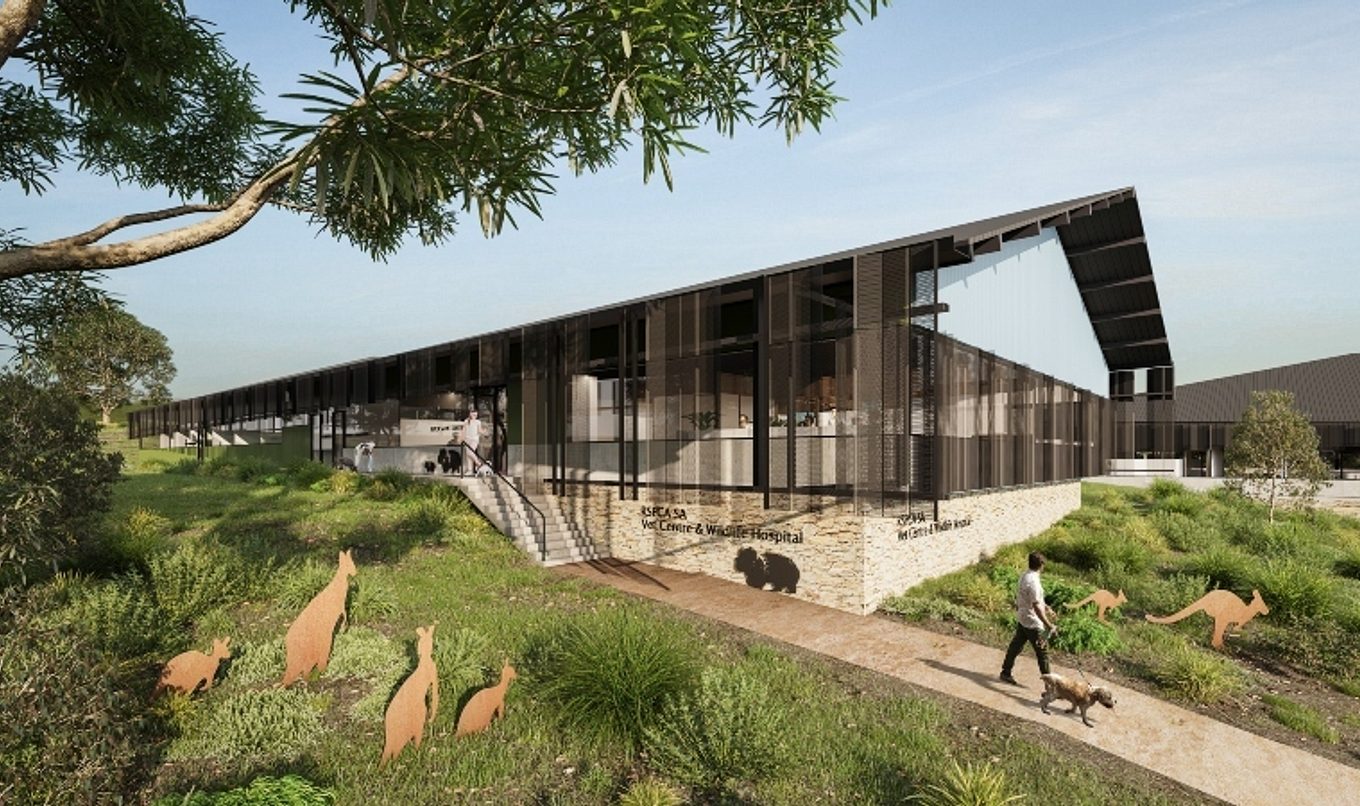$23 million specialist wildlife care centre at Glenthorne
Adelaide’s southern suburbs will soon be home to a high-tech specialist wildlife care centre, with the RSPCA set to build an innovative $23 million Animal Care Campus at Glenthorne National Park-Ityamaiitpinna Yarta.


